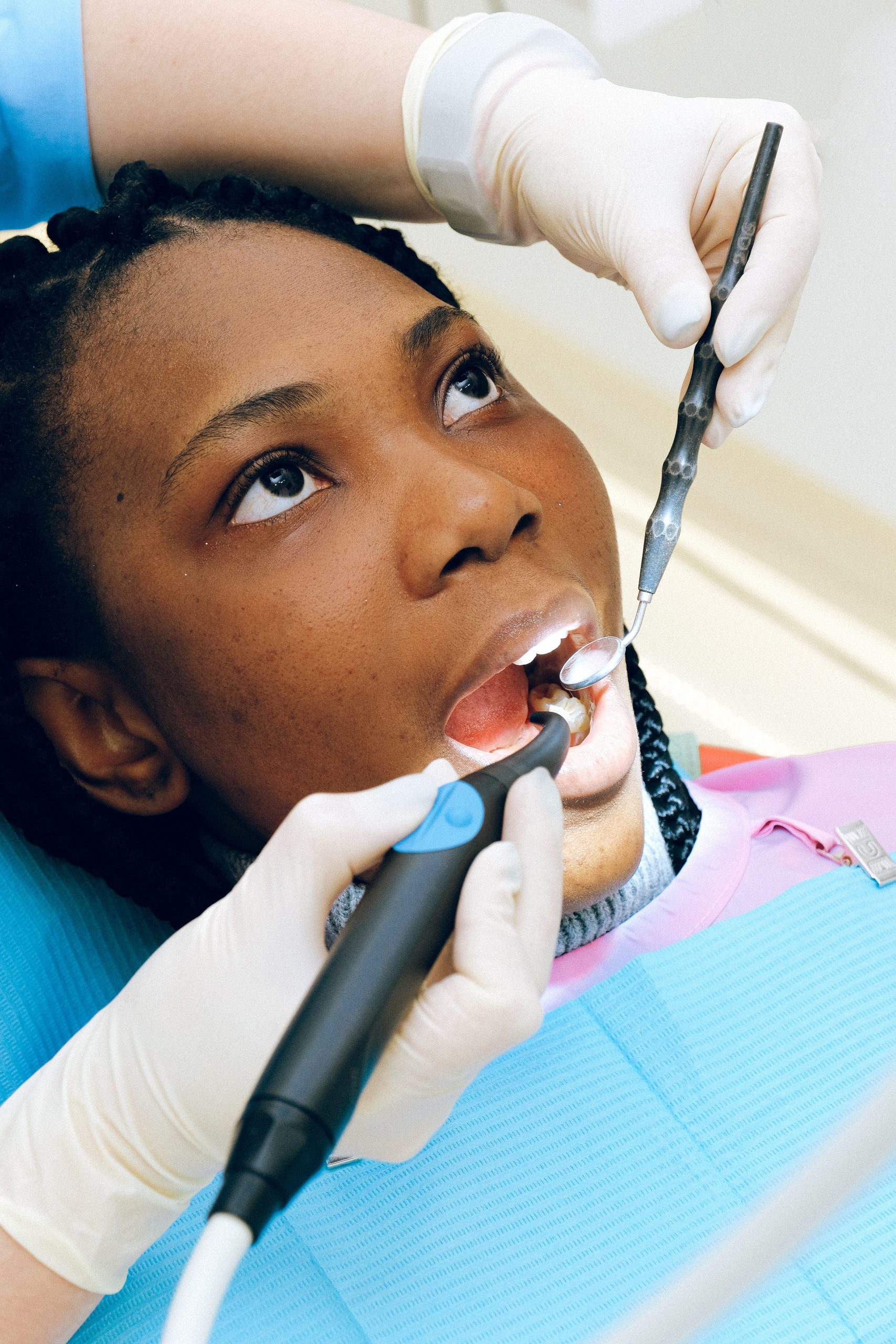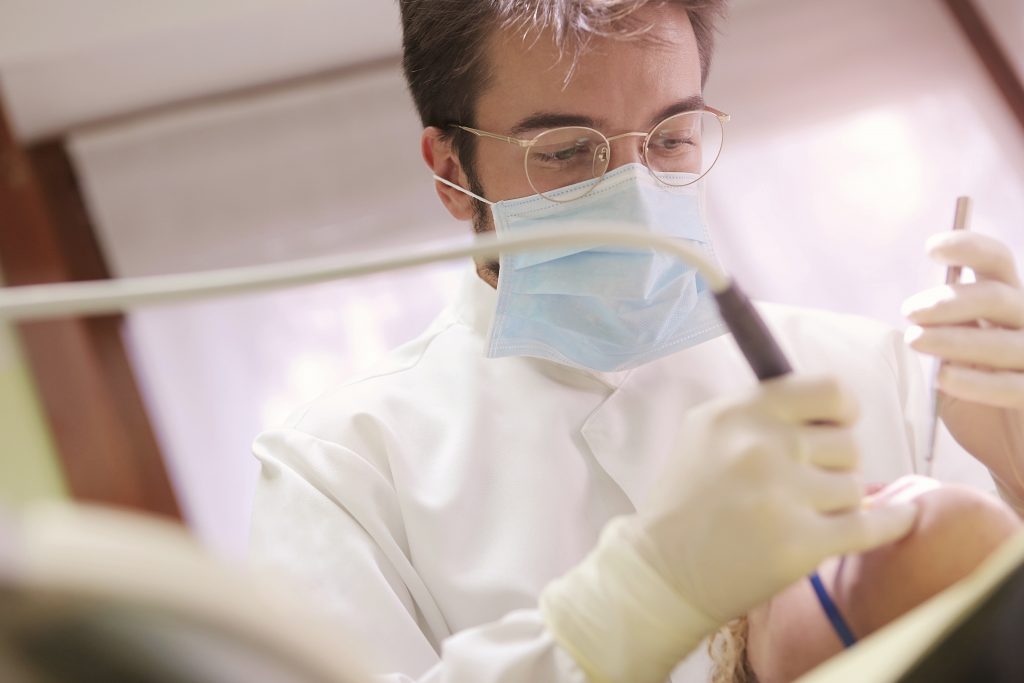5 clinical states that can run in the family
Your parents may have given you more than just eye color and your sense of humor. You may also have inherited a higher risk of having dental problems.
Yes, dental problems can run in the family. And it’s not just because you’ve picked up bad family habits, or caught mouth bacteria from sharing silverware. Many oral health problems have a hereditary basis. That means you may be at higher risk of developing certain clinical states, regardless of your habits.
To get a better picture of your risks, find out if your family members have a history of any of the following diseases.
1. Periodontal Disease (In The Gums)
Up to 30% of the population may be genetically predisposed to gum disease.
Early diagnosis and treatment can be beneficial in protecting your gums and teeth. Is gum disease a problem that your family members struggle with? Be sure to tell your dentist.
2. Caries
Do you have cavities? Your ancestors may be to blame. Certain variations of the beta-defensin 1 (DEFB1) gene are associated with an increased risk of developing cavities in permanent teeth.
If your teens are at higher risk for cavities, talk to your dentist about sealant and fluoride treatments. Adults at higher risk for cavities may find benefits using prescription kinds of toothpaste or mouthwashes. And be sure to go to the dentist for frequent exams and cleanings. Left untreated, cavities can aggravate gum disease and eventually lead to tooth loss.
3. Cancer In The Mouth
Every year, this deadly disease is responsible for the deaths of thousands of Americans. While lifestyle choices, such as tobacco and alcohol, are the main risk factors for oral cancer, genetics may also play a minor role. People who carry certain genetic markers are at higher risk of developing the disease.
You can reduce your risks by quitting tobacco, cutting back on alcohol, and eating a balanced diet.

4. Misaligned Teeth
If you need braces, you are probably not the only one in your family. Genetics plays an important role in determining the size of the jaw. This, in turn, can lead to crowding, gaps, deep bites, and prognathism.
If dental misalignment is a common problem in your family, find an orthodontist for your child. Early orthodontic treatment can benefit many young patients, allowing developing bones and teeth to grow properly and prevent more serious problems in the future.
5. Cleft Lip Or Palate
A common congenital defect, cleft lip or palate occurs when the sides of the lip or the top of the mouth do not come together properly. Genetics may be a factor: Babies of Asian, Latino, and Native American descent are the most likely to be born with a cleft, as their parents themselves possibly have a cleft lip or palate.
The teeth worn or loose can be a symptom of gum disease or bruxism, a disorder characterized by grinding or clenching of teeth repeatedly. Bruxism usually occurs during sleep, so the person is not aware of it, but it can also occur during the day; People with bruxism should avoid clenching or grinding their teeth during the day. Bruxism can lead to tooth erosion, which is the wear of the chewing surfaces of the teeth. Tooth erosion can also occur from chewing abrasive foods or tobacco, or from the wear and tear that accompanies aging, and can decrease the effectiveness of chewing.
The teeth with an abnormal form can be a symptom of genetic diseases, hormonal disorders, or infections acquired before they left the teeth. They can also become deformed from fractures or chipping caused by trauma to the mouth.
Abnormal tooth color is not the same as the darkening or yellowing of the teeth that occurs with age or with exposure of the teeth to substances that stain, such as coffee, tea, and tobacco smoke. The gray hue of a tooth can be a symptom of previous infections inside the tooth, which have seriously damaged the pulp, the living tissue of the tooth. The same can happen when a permanent tooth replaces an infected baby tooth. Permanent tooth staining can be caused by taking tetracycline before 9 years of age, or by taking it by the mother during the second half of pregnancy. An excessive intake of fluorides during childhood can cause mottling of the hard tooth surface (the enamel).
Abnormal tooth enamel can be due to a diet lacking in vitamin D, as in rickets. It can also be the result of a childhood infection (such as measles or chickenpox) that occurred when permanent teeth were forming, or a result of gastroesophageal reflux or repeated vomiting, as occurs in bulimia nervosa, as acid of the stomach dissolves the surface of the teeth. Swimmers who spend too long in excessively chlorinated pools can lose tooth enamel, as can people who work with acids. The excessive intake of fluoride(fluorosis) during childhood can cause enamel staining. Damaged tooth enamel can facilitate the bacterial invasion of the tooth, which will form a cavity.


